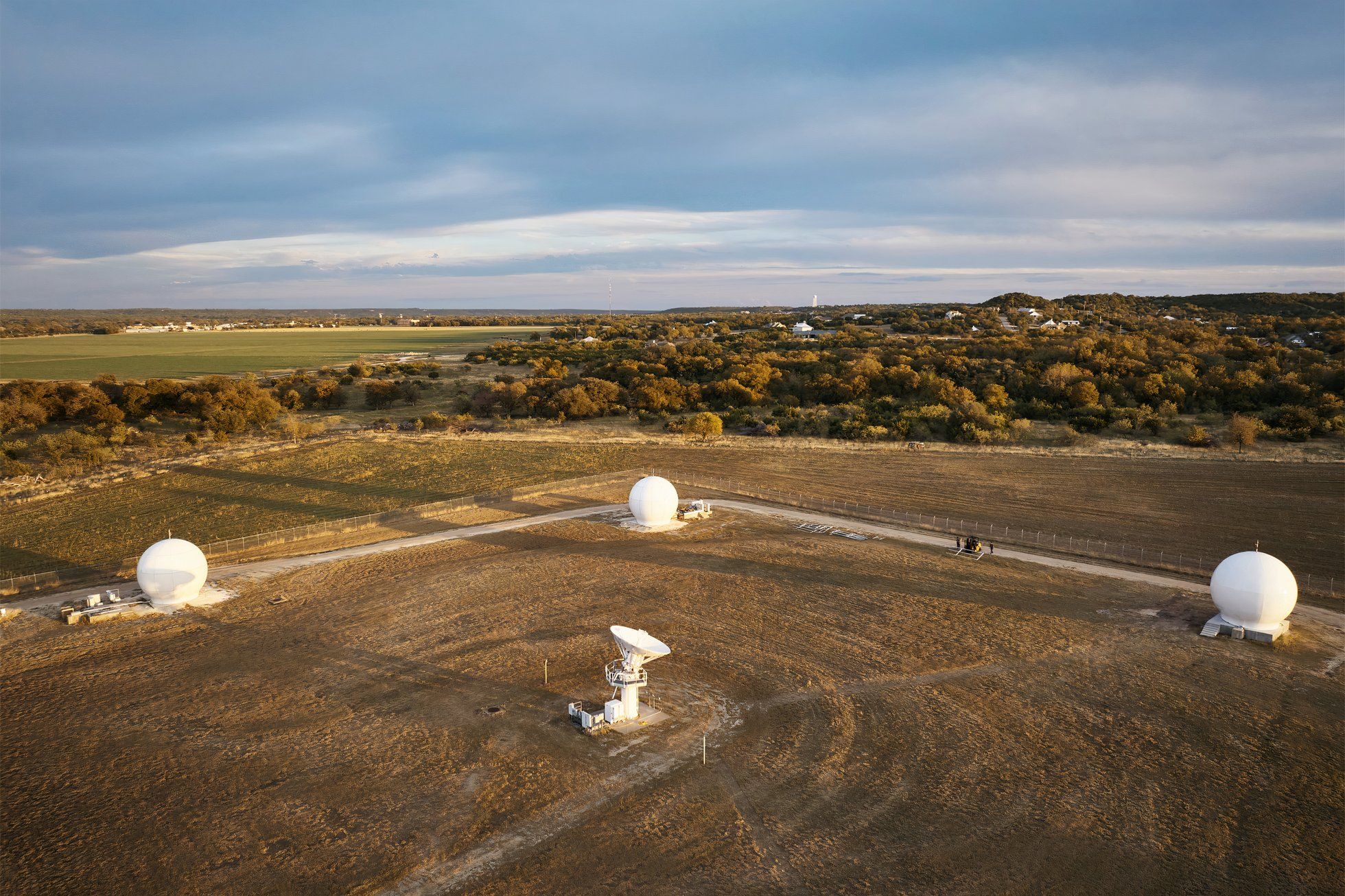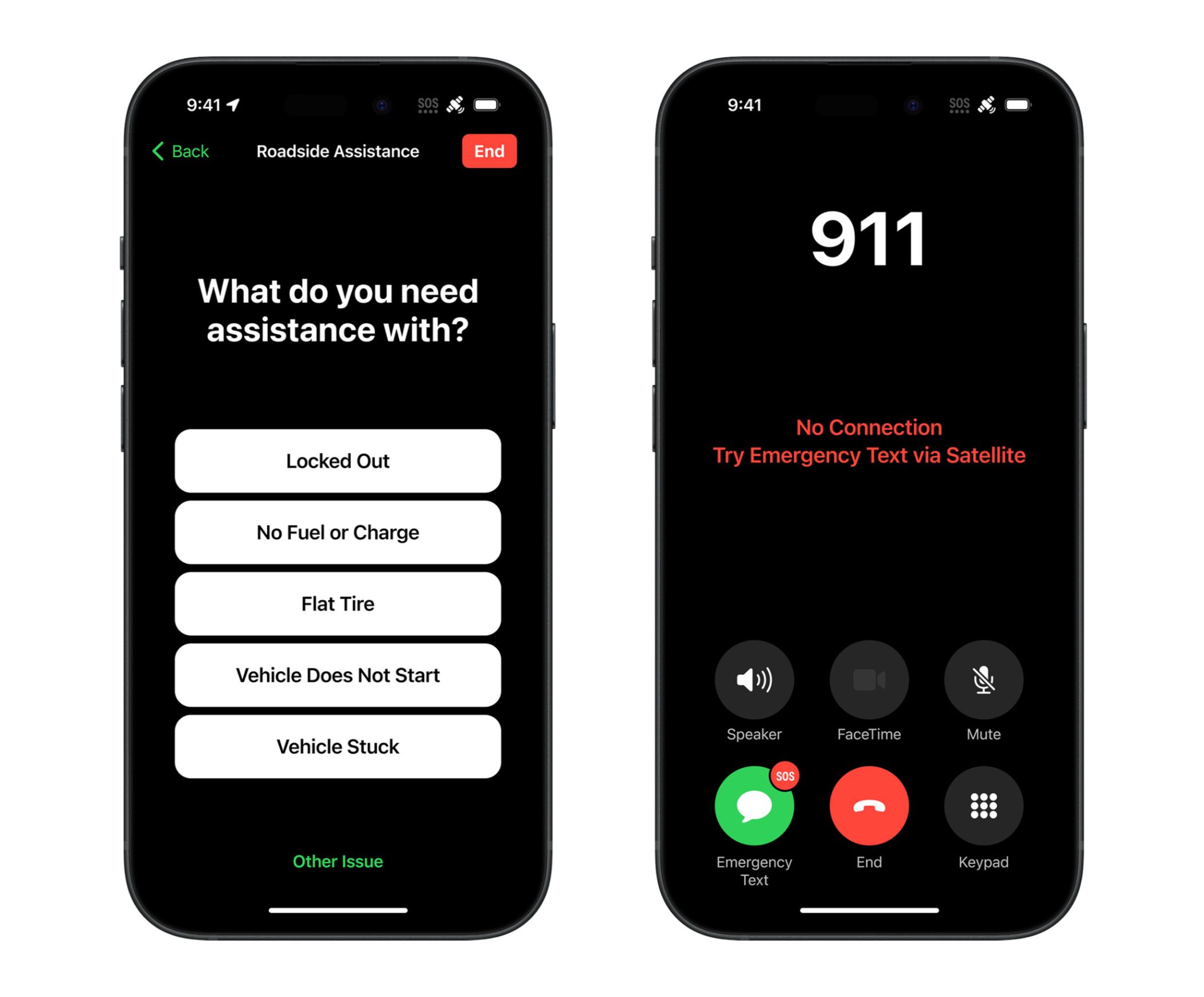Globalstar has announced an expansion of its deal with Apple that will help the iPhone’s satellite services keep up with demand, and possibly to expand the service to more countries and regions.
Globalstar is a connectivity provider for the iPhone’s life-saving satellite services. And now, the company confirmed in an SEC filing it’ll build brand a new satellite constellation for Apple, expand related ground infrastructure, and boost global licensing of these services. As more people get iPhones with SOS connectivity, it makes sense that the infastructure needs more capacity.
This means features like Emergency SOS, Roadside Assistance, Messages, and Find My might be able to work over satellites in more countries and regions in the not-so-distant future. Emergency SOS via satellite is currently available in Australia, Austria, Belgium, Canada, Italy, France, Germany, Luxembourg, Ireland, Japan, the Netherlands, New Zealand, Portugal, Spain, Switzerland, the U.K., and the U.S., according to Apple’s support page.
As part of the expanded deal, Apple has pledged to prepay an additional $1.1 billion to expand Globalstar’s satellite service capacity. Plus, the iPhone maker has invested $400 million in Globalstar’s shares and now owns a 20 percent stake in the new satellite network. Under the terms of the expanded deal, Apple also has the right to buy back these units, which all underscores the importance of Globalstar’s satellites to the iPhone maker’s business.
Globalstar will use fresh Apple money to create, launch, and maintain the new satellite network and build additional ground stations. It currently operates ground stations in Alaska, Florida, Hawaii, Nevada, Puerto Rico, and Texas.
“When an iPhone user makes an Emergency SOS via satellite request, the message is received by one of Globalstar’s 24 satellites in low-earth orbit traveling at speeds of approximately 16,000 mph,” Apple explained in a 2022 press release. “The satellite then sends the message down to custom ground stations located at key points all over the world.” A ground station routes the message to emergency services, which in turn dispatch help. If the closest emergency services location cannot receive texts, a message is routed to a relay center “with Apple-trained emergency specialists,” who then send it to emergency responders.
Satellite services are only available when trying to reach emergency services in an area without cellular and Wi-Fi coverage. However, you can prepare in advance by trying the Satellite Connection demo on your iPhone to prepare for exceptional circumstances. Satellite services are exclusive to the iPhone 14, iPhone 15, and iPhone 16 devices. The recent iOS 18 update enhanced satellite services by permitting off-grid iPhone owners to send and receive texts, emoji reactions, and Tapbacks over iMessage and SMS.
Globalstar has been a satellite provider for Apple since the iPhone 14 lineup debuted the first satellite-based Emergency SOS features in 2022. Apple uses Globalstar’s satellite constellation, mobile satellite services spectrum, and ground stations to relay calls, text, and data from iPhone owners to 911 services. The company originally poured a cool $450 million into Globalstar’s infrastructure and custom high-power antennas through its Advanced Manufacturing Fund.
When Emergency SOS via satellite became available, Apple said the service would be free for two years by activating any iPhone 14 model. Although the company keeps repeating that satellite services will eventually require a subscription, pricing and terms remain unknown.






